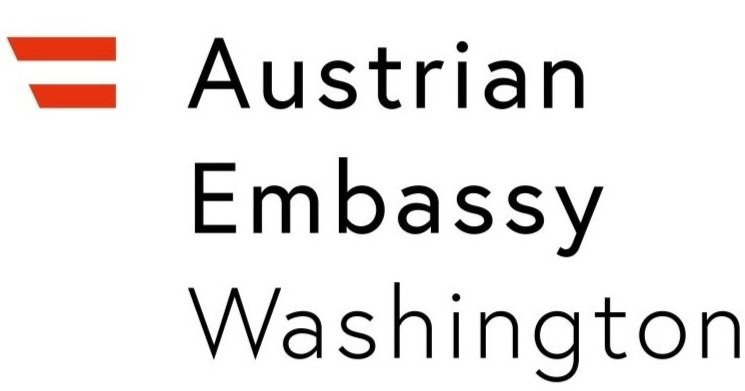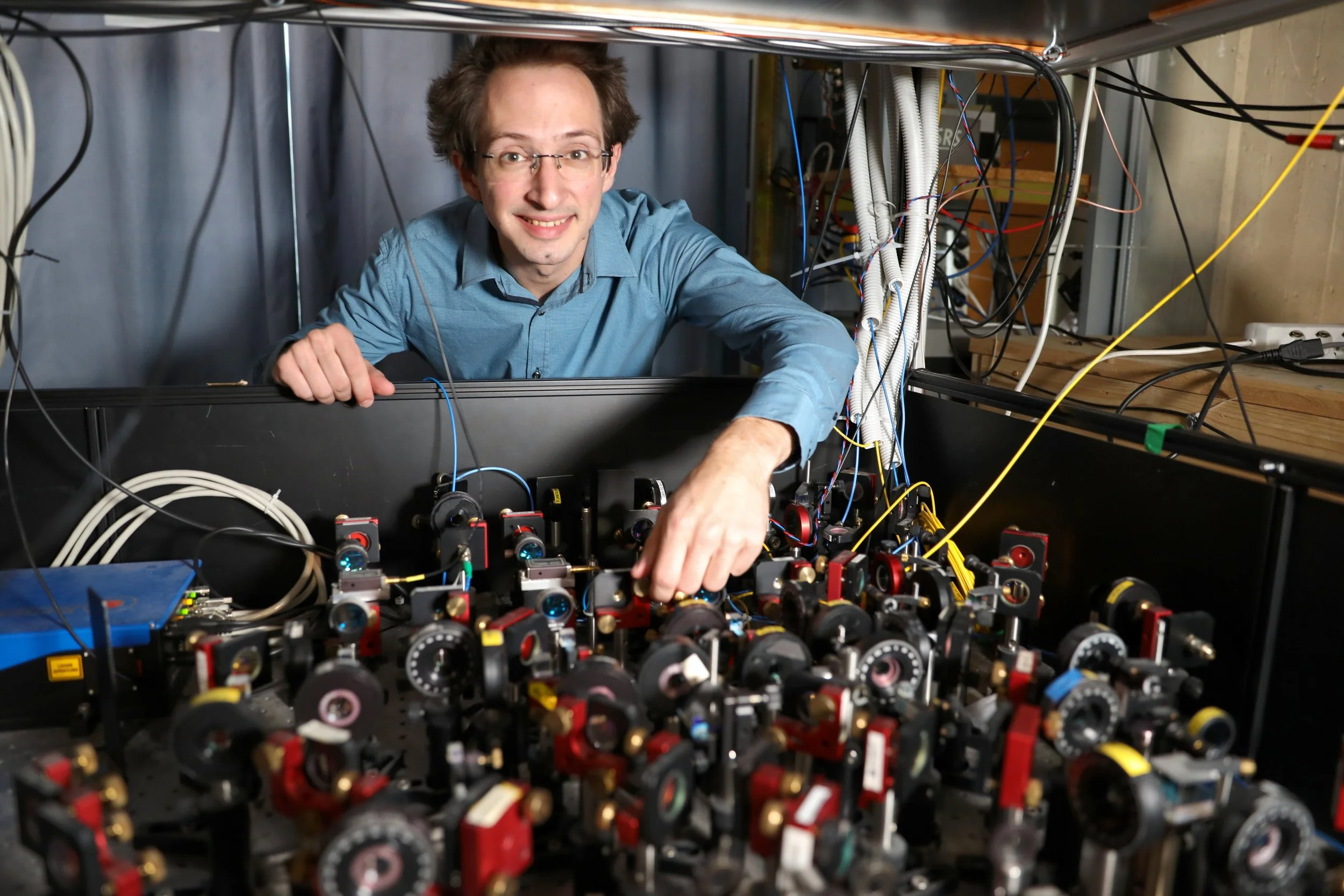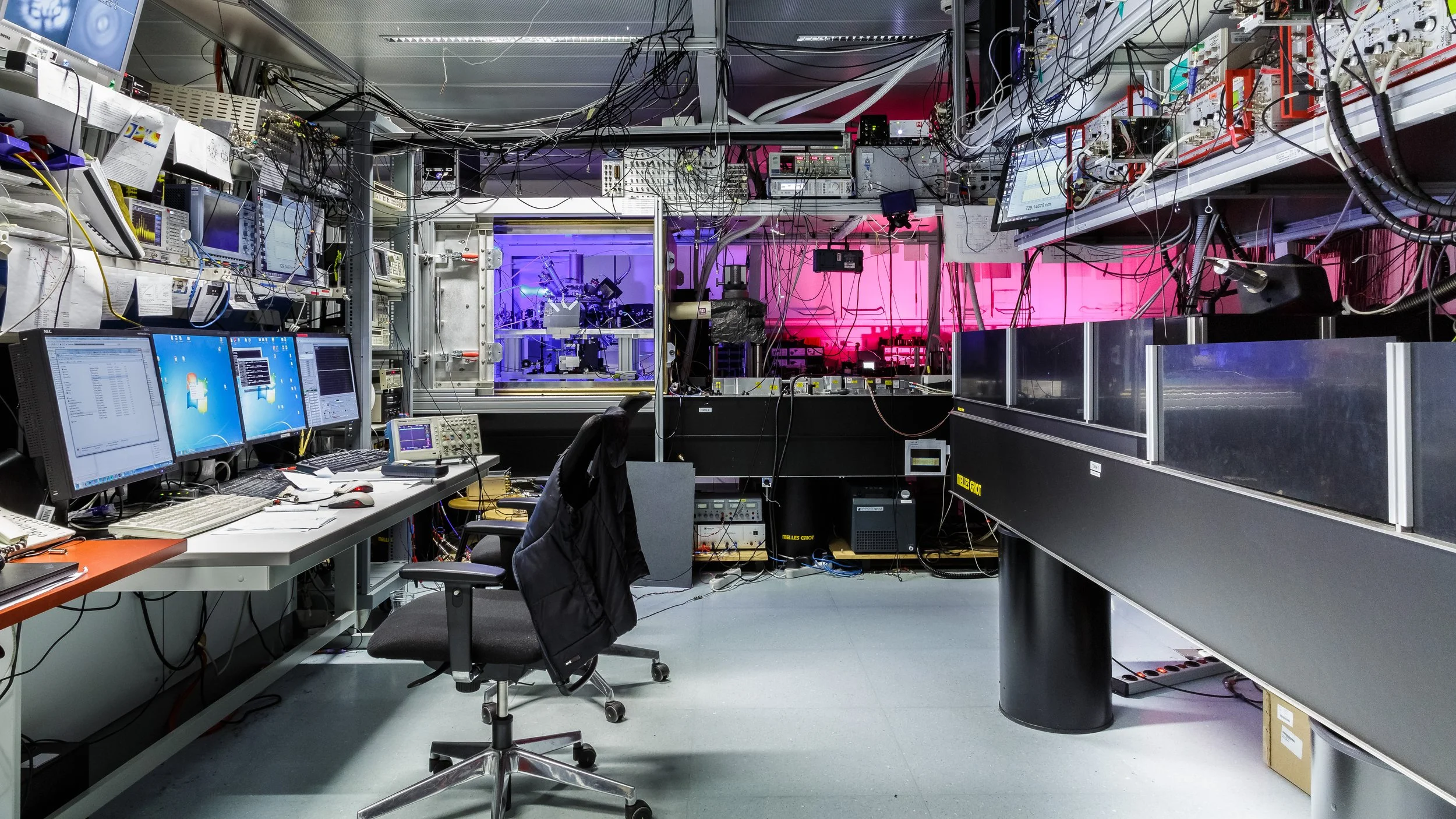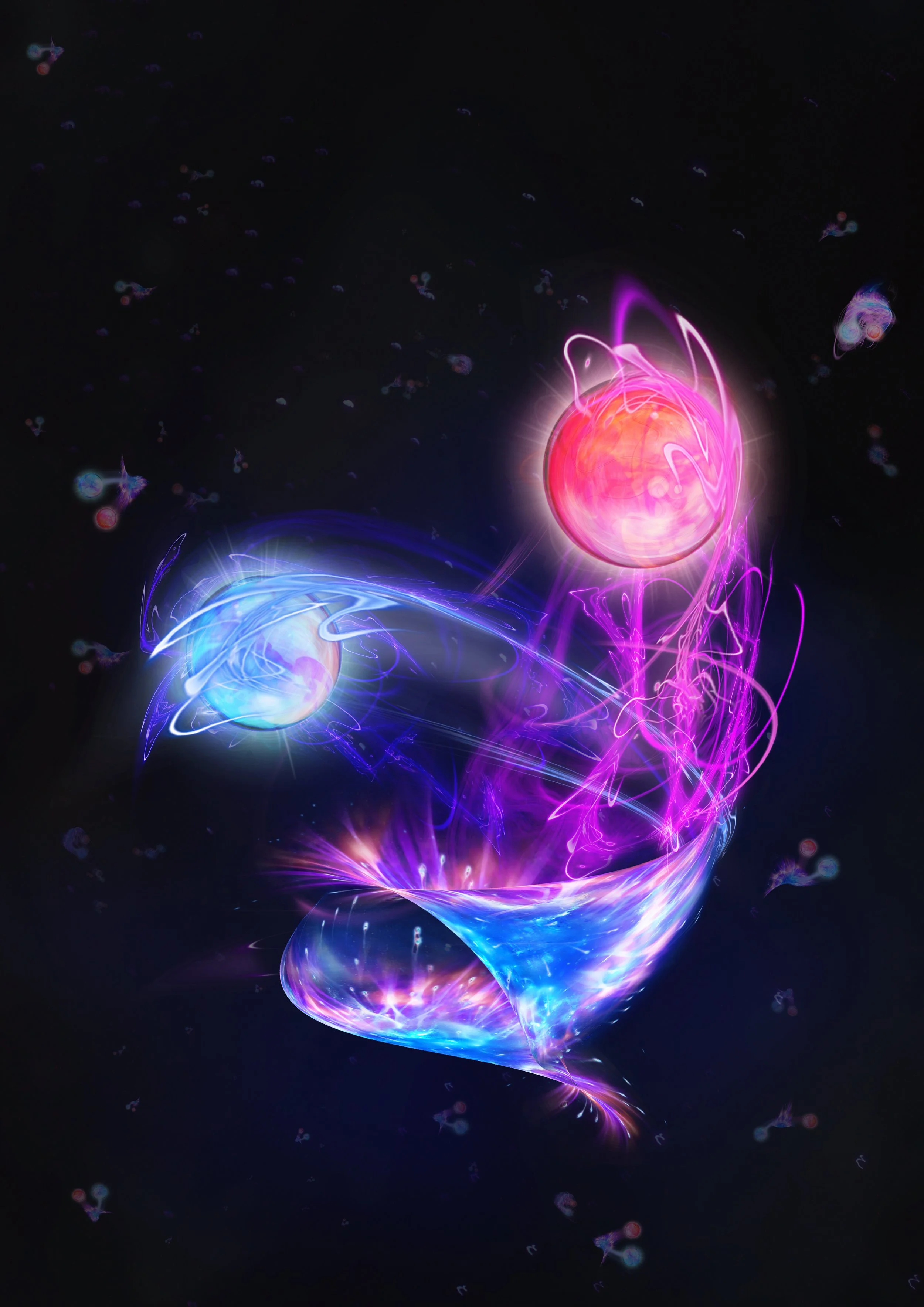University of Innsbruck: Making Quantum Technologies a Reality
Basic Research Forms an Important Foundation for Future Technologies
A quantum computer can easily calculate some mathematical problems that are very difficult for a classical computer to solve. The technology for a prototype at the University of Innsbruck was developed by the award-winning physicists Peter Zoller and Rainer Blatt together with others more than 25 years ago. The device from back then is still running in one of the many labs on campus where research in this field is still a major priority. There it stands close to more recent and state-of-the-art generations of quantum computers. They are the size of closets and use just as much electricity as a coffeemaker. These computers need no cooling – unlike competitors' models, they run at room temperature. At their hearts are so-called ion traps: charged particles are trapped in a vacuum and fired at with lasers. Sounds spectacular, and it is. The Innsbruck researchers are now primarily concerned with scaling up quantum computers that already exist. Why? In order to be able to use the new type of computer in useful applications, thousands of so-called quantum bits, or qubits for short, are needed. However, today's devices only use a few dozen. “The aim now is to get more computing power,” explains quantum physicist Martin Ringbauer, one of the aspiring young quantum researchers at the Department of Experimental Physics at the University of Innsbruck in the alpine city of Innsbruck in Western Austria.
Martin Ringbauer is working on new approaches for quantum information processing.
Photo: University of Innsbruck
Major Breakthroughs
Innsbruck researchers are now working on very different platforms for quantum information and quantum communication. In addition to ion traps, they use superconducting qubits, neutral atoms trapped in optical tweezers, ultracold atoms and photonics to explore new ways in quantum information processing. Besides quantum information there is a broad field of further research topics in quantum physics at the University of Innsbruck. To connect quantum computers, researchers are working on interfaces to connect ions traps with fiber optic cables – a major building block of the future quantum internet. Another group of researchers is investigating quantum matter. They have succeeded in condensing three different species for the first time: Cesium (2003), Strontium (2009) and Erbium (2012) – a world record. The highly controlled, ultracold atoms reveal many previously uninvestigated physical phenomena. For example, Francesca Ferlaino, an Italian physicist working in Innsbruck for almost 20 years now, was able to discover super-solid phases in ultracold atoms. These phases behave like both a solid and a superfluid at the same time. In a major breakthrough, they observed quantized vortices in a rotating two-dimensional supersolid, providing the long-awaited confirmation of irrotational superfluid flow in a supersolid and marking a critical step forward in the study of modulated quantum matter.
Experimental physicist Francesca Ferlaino studies quantum matter.
Photo: Martin Vandory
Hotspot of Quantum Research
In the heart of the Alps, Innsbruck theoretical physicists and experimental physicists work hand in hand. The large number of scientists in this field and the diversity of their research approaches ensures intensive and fruitful collaboration. Their work also benefits from the many guests from all over the world who are always happy to visit Innsbruck as one of the hotspots of quantum research. It was in the Innsbruck labs that Nobel laureate Anton Zeilinger for the first time realized quantum teleportation of an independent qubit in 1997. A year later, his group was the first to implement quantum cryptography with entangled photons.
Quantum computer lab at the University of Innsbruck
Photo: M. R. Knabl
Austrian Quantum Sciences
Located on the campus of the University of Innsbruck, the Institute for Quantum Optics and Quantum Information (IQOQI) of the Austrian Academy of Sciences is an internationally visible beacon of quantum research. IQOQI Innsbruck and its sister institute located in Vienna are dedicated to theoretical and experimental basic research in the quantum sciences. IQOQI Innsbruck and the University of Innsbruck collaborate very closely by sharing resources and through joint initiatives and programs. Lead by the University of Innsbruck, the most prominent collaborative program is Quantum Science Austria, a Cluster of Excellence funded by the Austrian Science Fund (FWF) and the six participating institutions. This collaborative effort is dedicated to advancing quantum research and headed by its Director of Research, Gregor Weihs, professor of photonics at the University of Innsbruck. “Our mission focuses on exploring key questions in the quantum nature of space, time, and gravity, new paradigms for quantum information science, and the physics of engineered quantum many-body systems. Through teamwork and innovative research, we aim to gain deeper insights into the quantum world.”
Innsbruck Physicists have simulated the creation of elementary particle pairs out of the vacuum by using a quantum computer.
Photo: IQOQI/Harald Ritsch
Quantum Technologies Are Taking Off
This inspiring environment also encourages some of the scientists to take the venture into entrepreneurship. In Innsbruck a number of spin-offs further expands ideas from basic research and brings new products and services to the market. ParityQC, for example, is an Innsbruck based quantum architecture company, developing blueprints and an operating system for highly scalable quantum computers. The newly founded Quantum Network Design writes software to simulate and operate quantum networks, assess their feasibility, and optimize their performance. Alpine Quantum Technologies’ world leading 19-inch rack-mounted quantum computer is based on a scalable trapped-ions platform – a concept spearheaded at the University of Innsbruck.
Alpine Quantum Technologies’ rack-mounted ion trap quantum processor
Photo: Dieter Kühl, AQT
Facts About the University of Innsbruck
Innsbruck, Austria
Founded in 1669
27,000 students
3,900 academic staff
1,600 administrative staff
16 faculties from architecture to teacher education
80 departments and 6 research institutes
8 research areas, 1 platform, 39 centers and 20 doctoral colleges
Member of the Aurora Universities Network






